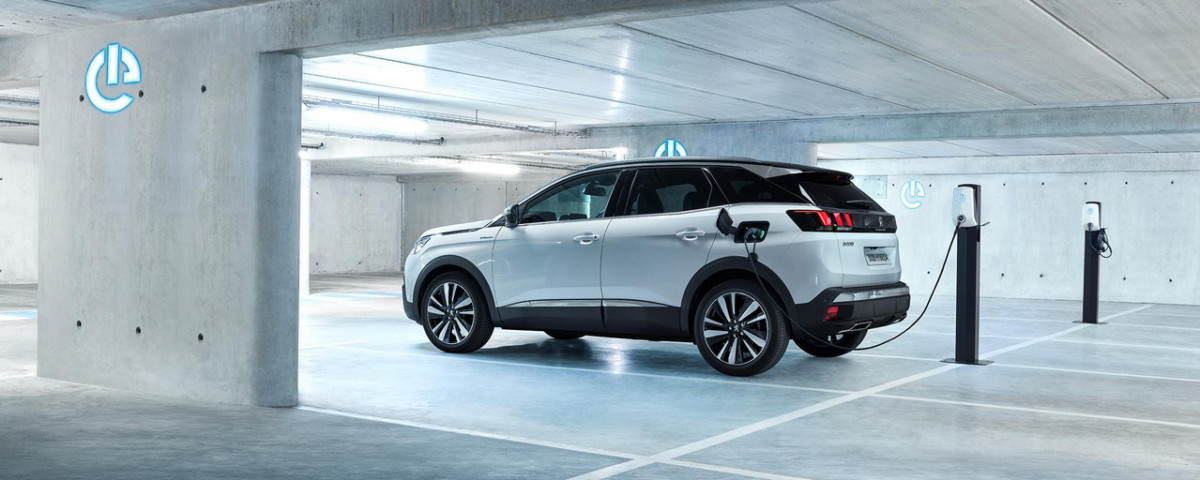A few days ago, an autonomous Peugeot 3008 prototype traveled 400 kilometers between Paris and Le Mans. A small feat for the brand, which wants to offer an affordable hands-free driving system from 2024.
For many years, manufacturers and equipment manufacturers have been working on the development of the autonomous car. A very promising technology, which is gradually beginning to materialize. And if some brands seem to have thrown in the towel, like Ford, which favors advanced driving aids over total automation, many of them still believe in it. Starting with the Stellantis group and in particular Peugeot.
A technical feat
If the Sochaux firm communicates little, this does not prevent it from working actively on the development of this technology. In 2019, she tested an autonomous 3008 in partnership with Vinci Autoroutes, then able to pass a toll gate without driver intervention. A year earlier, the manufacturer lifted the veil on the e-Legend at the Paris Motor Show, a 100% electric concept car featuring self-driving technology and a detachable steering wheel.
Then silence. Until December 2022, when the brand was once again talked about thanks to an astonishing experiment led by RTL journalist Christophe Bourroux. The latter was indeed able to take the wheel ofan autonomous Peugeot 3008 prototype, in order to rally Paris to Le Mans. A journey of 400 kilometers, during which no one will have touched the steering wheel of the car.
??? Paris – Le Mans… without touching the steering wheel! 400 km without feet and hands, @CBourroux tested the autonomous car! Relive his journey aboard a Peugeot 3008. pic.twitter.com/XnDUf6MHYk
—RTL France (@RTLFrance) December 8, 2022
As the journalist explains in the interview carried out by the site Turbo.fr, it was not he who was in the driver’s seat but an engineer from Stellantis. Indeed, if the regulations authorize level 3 autonomous driving in France since September, the test went further than that and therefore required a specific protocol. Especially since the car is a prototype and not a production model.
Results ? This one seems to have been conclusive, whereasno jerks or car failures reported, despite the difficult conditions, including thick fog and night driving. No accident therefore, and fortunately, especially since the legislation indicates that it is now the manufacturer and no longer the driver who is held responsible when autonomous driving is activated.
A major project
As a reminder, it is now possible to drive without hands in France but under certain conditions, i.e. only on roads prohibited to pedestrians and equipped with a central separator, at a maximum speed of 60 km/h. . Nevertheless, this should soon be increased to 130 km/h, while the car can also overtake on its own. A feature already offered by Tesla’s Autopilot system.
If for the moment, only the Mercedes EQS and S-Class are compatible with level 3 autonomous driving, while the Tesla FSD is still in beta test in the United States, this technology could soon be offered at Stellantis. Indeed, and as Christophe Bourroux indicates in the Turbo interview, Peugeot wants to offer its own system from 2024. A date that is not fanciful when prototypes equipped with this technology have already traveled more than a million kilometers.

It remains to be seen how this device will work for the French brand. While Mercedes uses LiDARs, Tesla’s technology relies heavily on cameras, although radar feedback is apparently in the works.
Anyway, if level 3 autonomous driving develops quickly, it could bring real improvements in terms of safety, but also traffic. Indeed, according to a recent study by a group of researchers from the CIRCLES consortium, the driverless car would put an end to the phantom traffic jams that form for no real reason and paralyze the roads. A great step forward, while the corks should cost more than 22 billion euros in France in 2030.
To follow us, we invite you to download our Android and iOS application. You can read our articles, files, and watch our latest YouTube videos.
